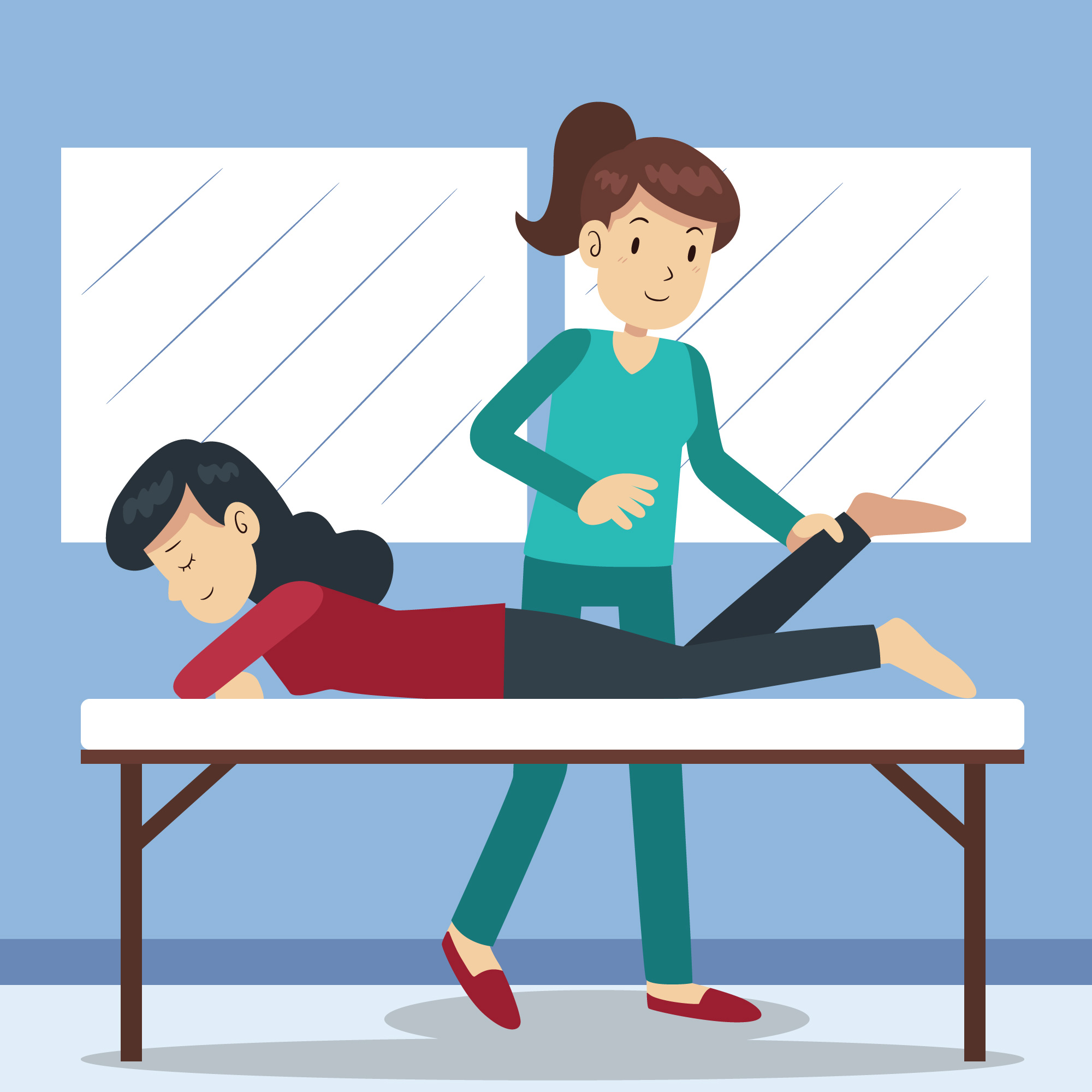Insight Comprehensive Therapy – If you experience chronic pain from an injury or have been diagnosed with a rheumatologic condition like arthritis, changing winter weather often brings more aches and pains than you are used to. Although this can be discouraging and make it harder to stay motivated to stick to your physical therapy routine, there are a few proactive steps you can take to minimize the impacts and maintain your quality of life. Here are just a few at-home tips for managing winter aches and pains this season.
Stay Active
With colder weather, shorter days, and an abundance of holiday activities, it can be hard for anyone to stay active in the winter months. If you struggle with pain or discomfort, it can be even more challenging. But staying active is one of the most effective ways to maintain your health and wellness in the cooler months while also warding off aches and pains. Whether it’s something as simple as stretching at home and walking around your neighborhood or spending time at the gym, 30-45 minutes of daily activity will keep your spirits up and make a considerable difference.

Remember Hydration
Without the warm temperatures and bright sunshine reminding us to replenish our bodies, we often neglect hydration in the winter months. Not only does this contribute to inflammation, joint pain, and headaches, but it also has a direct link to depression, confusion, and fatigue. Even if you are not thirsty, it is generally recommended that adults drink at least eight eight-ounce glasses (two liters) of water each day.
Keep Warm
Stiffness, aches, and pain are often associated with changes in weather, especially in the frigid winter months. That’s why it is so important to focus on keeping your body warm both indoors and outside. During outdoor activities, you should always wear clothing that keeps you warm and dry, including hats and gloves. Dressing in layers is also important, as it will help regulate your body temperature. At home, using heating pads or blankets and taking warm baths are great ways to increase circulation and relax joints and muscles.
Be Safe Outdoors
People with aches and pain from conditions such as arthritis are at a higher risk of falls and serious fall-related injuries. Whether you are exploring nature after a fresh snowfall or are running errands, it is essential to do so safely by wearing appropriate shoes with good traction for walking on snow and ice. For people who feel a little unsure on their feet or are looking for ways to take stress off the legs, feet, and joints during outdoor activities, walking poles are a great idea. The poles absorb stress and pressure from the body and are particularly helpful when walking up or downhill.

Get Diagnosed
It may seem obvious, but the best way to avoid aches and pains during the winter months is to understand what is causing your pain. Physical therapists work with patients experiencing a wide range of symptoms, including back, neck, elbow, foot/ankle, hip, and knee pain. They can help you determine the origin of your pain and will work with you to restore your quality of life to the highest possible level.

The winter season can be difficult for people who suffer from chronic aches and pains. Fortunately, there are a number of simple actions you can take on your own to keep pain from interfering with your life. If you are experiencing pain and are concerned about the effects of winter on your body, the team at Insight Comprehensive Therapy can help. Contact us today to learn more about our services and schedule an appointment with a physical therapist.
FAQ
Q: Why do my joints hurt more in colder weather?
A: Many people experience increased joint pain and stiffness during colder weather for a number of reasons. Changes in atmospheric pressure, temperature sensitivity, reduced physical activity, and dehydration during the winter season all contribute to joint discomfort.
Q: How does heat help improve aches and pains?
A: Heat has a relaxing effect on muscles, helping to reduce spasms and tension. It is also effective in alleviating aches and pains by increasing blood flow throughout the body, which reduces muscle stiffness, improves joint flexibility, and promotes healing.
Q: Can stretching help with winter aches and pain?
A: Yes. Stretching is an excellent way to reduce aches and pains associated with winter weather. Some benefits from stretching include improved flexibility, enhanced circulation, reduced muscle tension, and stress relief.

